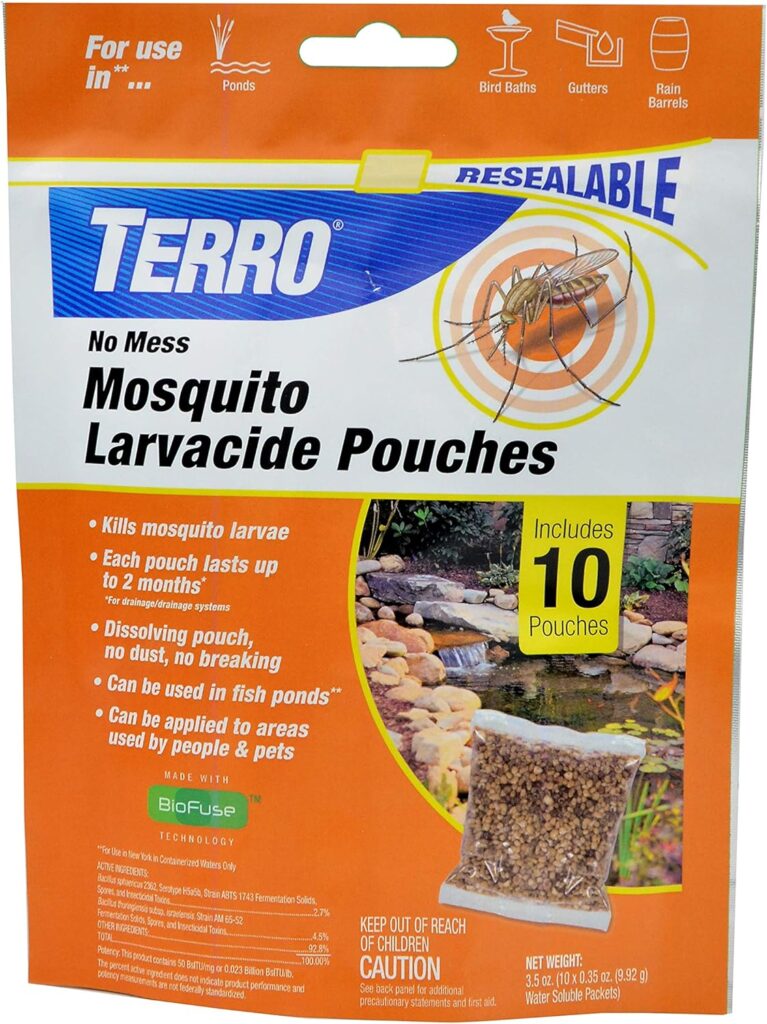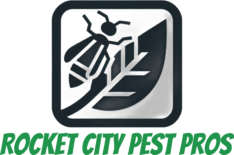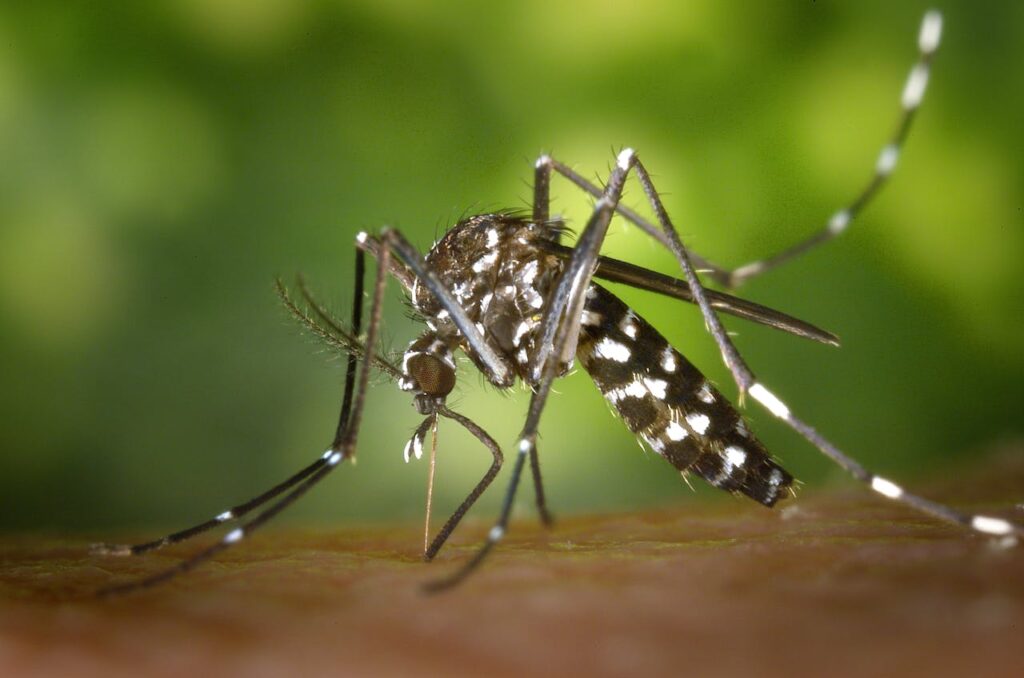Mosquitoes are not just a nuisance, but they can also transmit dangerous diseases such as malaria, dengue, and Zika. These vector-borne illnesses pose a significant threat to public health, particularly in regions where they are endemic. Targeting mosquitoes in their larval stage is a highly effective way to reduce adult mosquito populations and minimize the risk of disease transmission. By eliminating mosquito larvae before they mature into adults, we can disrupt the mosquito life cycle and prevent the emergence of the disease-carrying adults.
Mosquito larvicides play a crucial role in this process, providing a targeted and efficient means of controlling mosquito populations. These specialized products are designed to target and eliminate mosquito larvae, preventing them from developing into adult mosquitoes. By using larvicides, we can effectively reduce the overall mosquito population, thereby reducing the potential for disease transmission and providing a safer environment for communities.
The use of mosquito larvicides is particularly important in areas with high mosquito populations or where the risk of vector-borne diseases is elevated. By applying these products to standing water sources, such as ponds, ditches, and artificial containers, we can eliminate the breeding grounds for mosquitoes and significantly reduce the number of adult mosquitoes in the area. This approach is often more effective and efficient than relying solely on adult mosquito control measures, as it targets the problem at its source.
Key Takeaways
- Mosquito larvicides are crucial in controlling mosquito populations and preventing the spread of mosquito-borne diseases.
- Bacillus thuringiensis israelensis (Bti) is an effective larvicide that targets mosquito larvae and is safe for non-target organisms.
- Methoprene is a growth regulator approach that disrupts the development of mosquito larvae, preventing them from reaching adulthood.
- Spinosad is a naturally-derived larvicide that effectively targets mosquito larvae while being safe for the environment.
- Pyriproxyfen disrupts the mosquito life cycle by preventing larvae from developing into biting adults, making it an effective larvicide option.
Bacillus thuringiensis israelensis (Bti)
Bacillus thuringiensis israelensis (Bti) is a naturally-occurring bacterium that has emerged as a highly effective and environmentally-friendly option for mosquito larvicide. Bti produces toxins that are lethal to mosquito larvae, disrupting their development and preventing them from reaching the adult stage. This targeted approach makes Bti a safe and selective larvicide, as it does not harm other organisms, including beneficial insects, fish, or wildlife.
One of the key advantages of Bti is its specificity to mosquitoes and other dipteran insects, such as black flies and midges. Unlike many synthetic insecticides, Bti does not pose a risk to non-target species, making it a preferred choice in environmentally sensitive areas or near water bodies. This selectivity is particularly important in maintaining the delicate balance of aquatic ecosystems and protecting the natural biodiversity.
The use of Bti as a mosquito larvicide has been extensively studied and proven effective in various settings, from urban areas to rural communities. Its ability to target mosquito larvae at different stages of development, combined with its low environmental impact, has made Bti a widely adopted and trusted option for mosquito control programs around the world. As a naturally-occurring product, Bti also poses minimal risks to human health, further enhancing its appeal as a safe and sustainable mosquito control solution.
Methoprene: A Growth Regulator Approach
Methoprene is a synthetic insect growth regulator that has been widely used as a mosquito larvicide. Unlike traditional insecticides that target and kill adult mosquitoes, methoprene disrupts the normal development of mosquito larvae, preventing them from reaching the adult stage. This approach is particularly effective in breaking the mosquito life cycle and reducing the overall mosquito population.
Methoprene works by interfering with the hormonal processes that regulate the growth and development of mosquito larvae. By disrupting these critical processes, methoprene prevents the larvae from successfully molting and transitioning into the pupal and adult stages. As a result, the larvae are unable to complete their life cycle and die before reaching adulthood, effectively reducing the number of disease-carrying mosquitoes in the environment.
One of the key advantages of methoprene as a mosquito larvicide is its low toxicity profile. Unlike many traditional insecticides, methoprene is not harmful to humans, pets, or most other non-target organisms. This makes it a suitable choice for use in residential areas, near water bodies, and in environmentally sensitive locations where the protection of wildlife and natural ecosystems is a priority. Additionally, methoprene’s mode of action, which targets the mosquito’s developmental processes, reduces the risk of resistance development, ensuring its continued effectiveness over time.
Spinosad: A Naturally-Derived Larvicide
Spinosad is a naturally-derived compound that has emerged as an effective and environmentally-friendly mosquito larvicide. Produced by a soil bacterium, Saccharopolyspora spinosa, spinosad is a unique insecticide that targets and kills mosquito larvae through a novel mode of action.
The active ingredients in spinosad disrupt the nervous system of mosquito larvae, leading to their paralysis and eventual death. This mode of action is highly specific to mosquitoes and other dipteran insects, making spinosad a selective larvicide that does not harm other non-target organisms, such as fish, birds, or beneficial insects.
One of the key advantages of spinosad as a mosquito larvicide is its low toxicity profile. Spinosad is considered a reduced-risk insecticide, with minimal impact on human health and the environment. This makes it a suitable choice for use in residential areas, near water bodies, and in environmentally sensitive locations where the protection of natural ecosystems is a priority.
Furthermore, spinosad has been shown to be effective against a wide range of mosquito species, including those that transmit diseases such as malaria, dengue, and Zika. This broad-spectrum activity, combined with its environmental safety, has made spinosad a popular choice for mosquito control programs around the world.
Pyriproxyfen: Disrupting the Mosquito Life Cycle
| Larvicide | Active Ingredient | Target Mosquito Species | Application Rate | Effectiveness |
|---|---|---|---|---|
| BTI Granules | Bacillus thuringiensis israelensis | Aedes, Culex, Anopheles | 1 tablespoon per 25 square feet | High |
| Methoprene Briquets | (S)-Methoprene | Aedes, Culex | 1 briquet per 100 square feet | High |
| Spinosad Granules | Spinosad | Aedes, Culex | 1 tablespoon per 25 square feet | High |
| Temephos Granules | Temephos | Aedes, Anopheles | 1 tablespoon per 25 square feet | High |
| Larvasonic Sound Emitters | Sound waves | Aedes, Culex, Anopheles | Varies by model | Moderate |
Pyriproxyfen is an insect growth regulator that has been effectively used as a mosquito larvicide. Unlike traditional insecticides that target and kill adult mosquitoes, pyriproxyfen disrupts the mosquito’s reproductive cycle, preventing the larvae from developing into adults.
Pyriproxyfen works by interfering with the hormonal processes that regulate the development and maturation of mosquito larvae. By disrupting these critical processes, pyriproxyfen prevents the larvae from successfully molting and transitioning into the pupal and adult stages. As a result, the larvae are unable to complete their life cycle and die before reaching adulthood, effectively breaking the mosquito life cycle and reducing the overall mosquito population.
One of the key advantages of pyriproxyfen as a mosquito larvicide is its long-lasting residual activity. When applied to breeding sites, pyriproxyfen can continue to disrupt the mosquito life cycle for an extended period, providing sustained control of mosquito populations. This makes it a valuable tool for mosquito control programs, particularly in areas with persistent mosquito problems or where the risk of disease transmission is high.
Additionally, pyriproxyfen has a low toxicity profile and is considered safe for use in residential and environmentally sensitive areas. Unlike many traditional insecticides, pyriproxyfen does not pose a significant risk to non-target organisms, including beneficial insects, fish, and wildlife, making it a preferred choice for integrated mosquito management strategies.
Diflubenzuron: Interfering with Chitin Formation
Diflubenzuron is a mosquito larvicide that works by disrupting the formation of chitin, a crucial component of the mosquito’s exoskeleton. Chitin is essential for the successful molting and development of mosquito larvae, and by interfering with its synthesis, diflubenzuron prevents the larvae from successfully transitioning into the adult stage.
The mode of action of diflubenzuron is highly specific to mosquitoes and other insects, as it targets a process that is unique to their physiology. This selectivity ensures that diflubenzuron has minimal impact on non-target organisms, such as vertebrates, making it a safe and environmentally-friendly option for mosquito control.
One of the key advantages of diflubenzuron is its long-lasting residual activity. When applied to breeding sites, diflubenzuron can continue to disrupt the chitin formation process in mosquito larvae for an extended period, providing sustained control of mosquito populations. This makes it a valuable tool for mosquito control programs, particularly in areas with persistent mosquito problems or where the risk of disease transmission is high.
Furthermore, diflubenzuron has been extensively studied and proven effective against a wide range of mosquito species, including those that transmit diseases such as malaria, dengue, and Zika. This broad-spectrum activity, combined with its environmental safety, has made diflubenzuron a popular choice for integrated mosquito management strategies.
Choosing the Right Larvicide for Your Needs
The choice of mosquito larvicide should be based on a careful consideration of various factors, including the specific mosquito species present, the environmental conditions, and any potential concerns about safety or environmental impact.
When selecting a larvicide, it is important to consult with a professional pest control expert who can provide guidance on the most appropriate product for your situation. These experts can assess the local mosquito population, identify the dominant species, and recommend the most effective and targeted larvicide solution.
Factors such as the presence of water bodies, the proximity to residential areas, and the sensitivity of the local ecosystem should also be taken into account. Some larvicides may be better suited for use in urban settings, while others may be more appropriate for rural or environmentally sensitive areas.
Additionally, the long-term effectiveness and sustainability of the larvicide should be considered. Factors such as the product’s residual activity, resistance management, and integration with other mosquito control measures can all play a role in determining the most suitable larvicide for your needs.
By working closely with a professional pest control expert and considering the unique characteristics of your mosquito control challenge, you can ensure that the selected larvicide is the most effective and appropriate solution for your specific situation.

TERRO T1210 No Mess Mosquito Larvacide Pouches
Proper Application and Safety Considerations
The effective use of mosquito larvicides requires careful attention to application techniques and safety precautions. Proper application is essential to ensure maximum coverage and efficacy, as well as to minimize any potential risks to human health and the environment.
When applying larvicides, it is crucial to follow the label instructions and guidelines provided by the manufacturer. This includes information on the appropriate dosage, application methods, and any necessary personal protective equipment (PPE) that should be used. Applying the larvicide at the right time and in the right locations, such as standing water sources, is also critical for achieving optimal results.
Safety considerations are of paramount importance when working with mosquito larvicides. Exposure to these products, either through direct contact or inhalation, can pose risks to human health. Therefore, it is essential to use appropriate PPE, such as gloves, goggles, and respiratory protection, to minimize the risk of exposure.
Additionally, it is crucial to consider the potential impact of larvicides on the surrounding environment, particularly in areas near water bodies or sensitive ecosystems. Careful monitoring and adherence to any environmental regulations or restrictions are necessary to ensure the safe and responsible use of these products.
By following proper application techniques and prioritizing safety, you can effectively utilize mosquito larvicides while minimizing the risks to human health and the environment. Consulting with a professional pest control expert can provide valuable guidance on the safe and effective use of these products.
Integrating Larvicides into a Comprehensive Mosquito Control Plan
Mosquito larvicides should be used as part of a broader, integrated mosquito control strategy that combines multiple approaches to achieve long-term and sustainable results. While larvicides play a crucial role in targeting mosquito populations at their source, they should be integrated with other mosquito control measures to create a comprehensive and effective plan.
One key aspect of this integrated approach is source reduction, which involves identifying and eliminating potential mosquito breeding sites. This can include draining standing water, removing or covering artificial containers, and maintaining proper drainage systems. By eliminating the breeding grounds for mosquitoes, the need for larvicide application can be reduced, and the overall mosquito population can be more effectively controlled.
In addition to source reduction, adult mosquito control measures, such as the use of adulticides or the deployment of traps, can complement the use of larvicides. By targeting both the larval and adult stages of the mosquito life cycle, the overall mosquito population can be more effectively suppressed, reducing the risk of disease transmission.
Public education and community engagement are also essential components of a comprehensive mosquito control plan. By informing residents about the importance of mosquito control, the proper use of larvicides, and the role of individual actions in reducing mosquito breeding sites, the overall effectiveness of the control program can be enhanced.
By integrating larvicides into a broader, multi-faceted mosquito control strategy, you can achieve more effective and long-lasting control of mosquito populations, ultimately reducing the risk of vector-borne diseases and providing a safer and healthier environment for your community.

